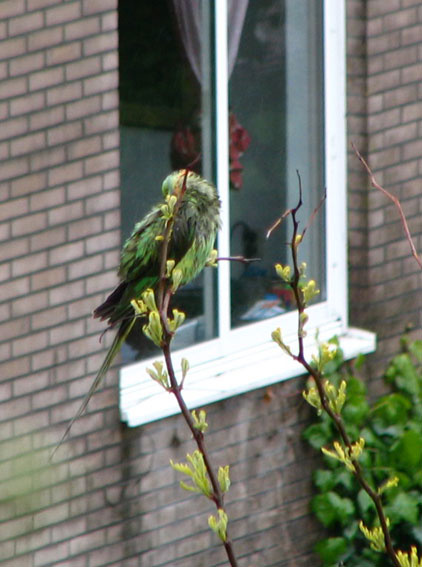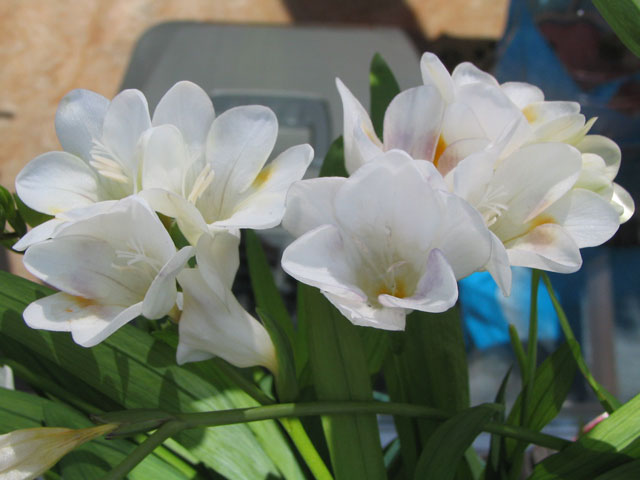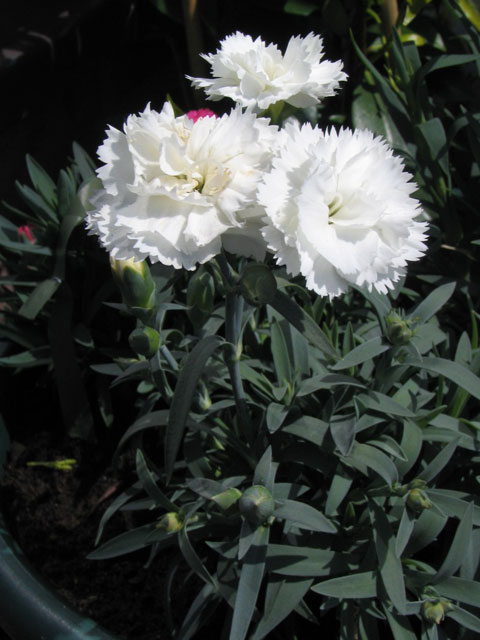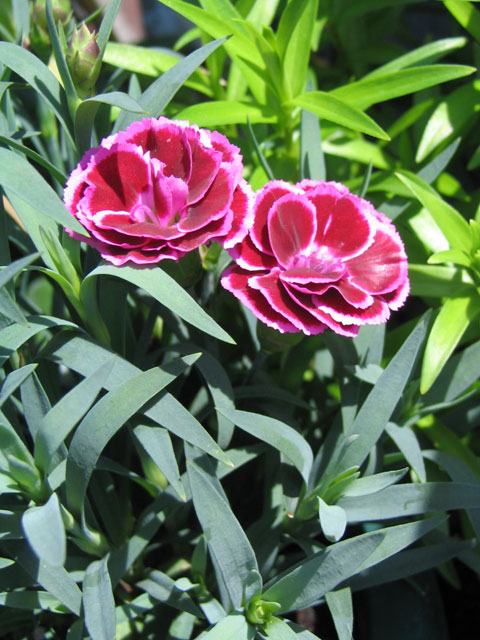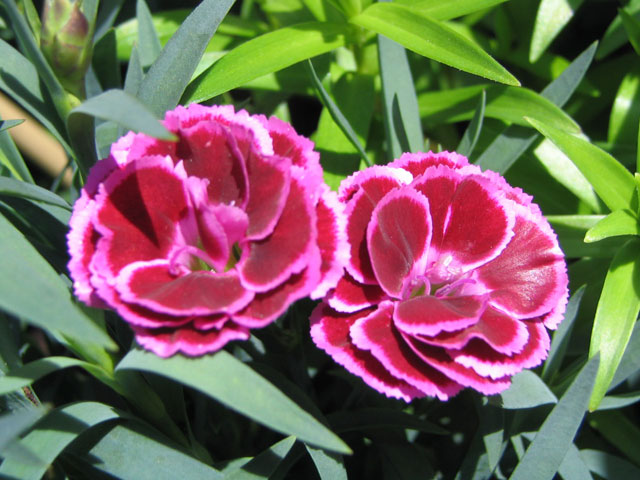 Picture: Yellow Freesia Bloom found at teleflora.com
Picture: Yellow Freesia Bloom found at teleflora.comIt was very exciting to receive my new unit from the PerfumersWorld – it was all about flowers – about 18 sample formulae to make, investigate and to play with, so I can learn to understand the soul of each of floral note in perfumery. The funniest thing I discovered that there are flowers I don’t know at all… like freesia.
Well, of course I’ve heard about it and met in pyramids, but… I’ve found I don’t remember how it looks like or how does it smell. That’s a good time to learn about this fragrance. And you know, Fortune always helps to those who follows their heart and is eager to discover. May be that’s why the next day I found folder from the local garden shop telling me they had fragrant Freesias on sale, so I went there to meet my housework and came home with two freesias – a white one and pink with yellow.
The first surprise was to discover that they smell different. The white flower has a fresh fragrance with peppery notes and the colored one smells very green – just like at florist shop – a mixed fragrance of plants, leaves and stems. It’s fresh and rather soft green unlike the sharp smell of fresh grass or crushed leaves. It’s funny to find how many varieties of flowers in shapes and colors it produces… and the tough thing is that the smell varies as well. So, what would be the reference?
PerfumersWorld in their course puts Freesia among “Light Green Floras” together with Muguet and Cyclamen. I also found that in one classification it was listed under the Tuberose-Narcissus group. Well to my nose it’s green, but less sharp than hyacinth and less poisonous than narcissus. I guess “light green” or “fresh green” would be the nice place for Freesia.
It’s funny to find that there is very little information on Freesia in perfumery books or magazines. Well, I can understand that – there is no essential oil or absolute available. Some sources mention that Freesia have been a fantasy bouquet in earlier fragrances. They also mention that it was used for extracts or as modifier.
Searching for Freesia fragrances I found that most of the soliflores called Freesia are made by brands specializing on Bodycare fragrances (like Crabtree&Evelyn, The Body Shop, Bath&Body Works) – I guess the freshness of Freesia note makes it very suitable for such products. But I also found a couple of niche Freesia fragrances – “Orfésia” van Diptyque and “Musc et Freesia” by E.Coudray. Fragonard, Borsari and Demeter also have their Freesia versions. Unfortunately I haven’t smell any of them, so it promises a lot of sniffing, discovery and surprises.
Browsing through the Basenotes discussions I also found the following fragrances might be interesting to try: Miracle by Lancome, Red Door by Elizabeth Arden, Rush by Gucci, Cerruti 1881 pour femme, Eternity by Calvin Klein, Kenzo Parfum d’Ete, So de la Renta, Beige van Chanel, Paul Smith Woman, Sun Moon Stars van Lagerfeld, New York Fling by Bond No. 9, Antonia’s Flowers, Pleasures by Estee Lauder, Allure by Chanel, L’Eau d’Issey by Issey Miyake, JPG Classique, Dolce & Gabbana Woman, Ralph by Ralph Lauren, Incanto Dreams by Salvatore Ferragamo, Balmy Days and Sundays by Inele. I haven’t checked those fragrances and it would be interesting to search for Freesia in them. But you are also welcome to share your experiences and suggestions.
Unfortunately I couldn’t find interesting facts or inspiring myths and legends related to Freesia. This flower seem to have a short history as it’s cultivated as a cut flower only since the begin of the XIX century. It was named in honor of Friedrich Heinrich Theodor Freese, a German physicial from Kiel. His friend, a plant collector Christian Friedrich Ecklon has proposed the name.



